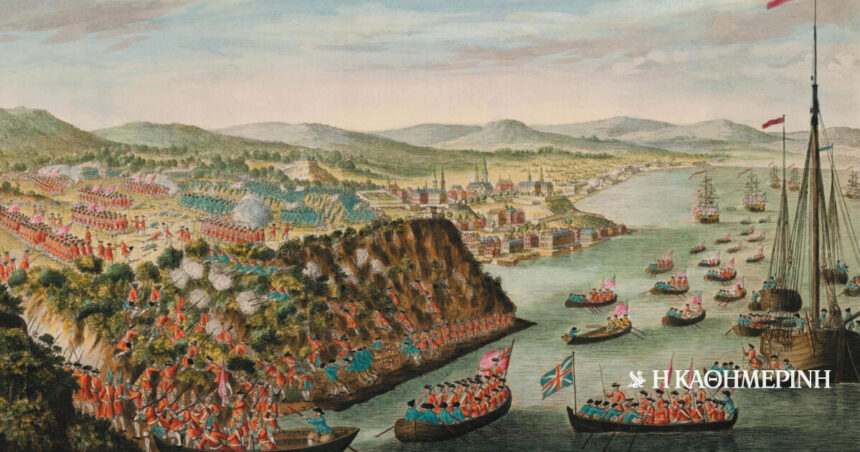OR Treaty of San Zerman If Lesigned on March 29, 1632 by the envoys of Ludovic III France and Charles I of her Englandled to the return to France of Quebec and Port Royal, held by Kirke and William Alexander Jr., as representatives of English commercial company founded two years earlier. Specifically, taking advantage of the French -English war, the Kirke brothers occupied Quebec, while William Alexander Jr occupied Port Royal.
English intervention undermined the economic policy of Cardinal Richelieu, who was trying to increase France’s wealth through a Mercantilist policy that favored the Development of North America coloniesunder the supervision of a commercial company, Centassociés, founded on April 29, 1627.
The negotiations, aiming to re -examine the colony, began with the intervention of Samuel Samplan, who arrived in London in October 1629. As soon as he settled in the English capital, the Lieutenant General of the King in New France came to London. Samplan insisted that the negotiations be launched and, at the same time, contacted Jean de Loson, president of Centassociés, to convince him to make all the negotiation in Paris with the support of Cardinal Richelieu. Samplan gave the French ambassador a detailed description of the events beyond the Atlantic. He then deposited before the Admiralty of London and presented a map with the boundaries of the area occupied by the French before English intervention. Samuel Samplan left London on November 29 of the same year, without further involvement and intervention on his part in diplomatic relations.
Canada was just a small and not particularly useful area, during the thirty -year war.
The negotiations lasted for a long time. In addition to the multitudepolitical and economic importance, the process was difficult and the a large number of interlocutors. It is noteworthy, however, that a debate on the boundaries of French and English possessions in North America was also evolving at that time, however, it was still in fetal state. In fact, in the final text signed borders were not accurately determined. Thus, it was avoided to continue the discussion for about another century, indicating that in 1632 it was more important in the occupation and exploitation of commercial stations rather than the explicit definition of the border.
For France and England, New France was an economic tool that strengthened national power and, at the same time, a diplomatic tool that allowed another one more peaceful peace. At that time a priority was given to European conflicts, and Canada was just a small and not particularly useful region during the thirty -year war. Disagreements about New France would be integrated more broadly and systematically into European diplomacy only later, and after England overcame the revolutionary problems and France in the thirty years of war.
Column: Myrto Katsigera, Vassilis Minakakis, Antigoni-Despina Poumenidou, Athanasios Syroplakis








